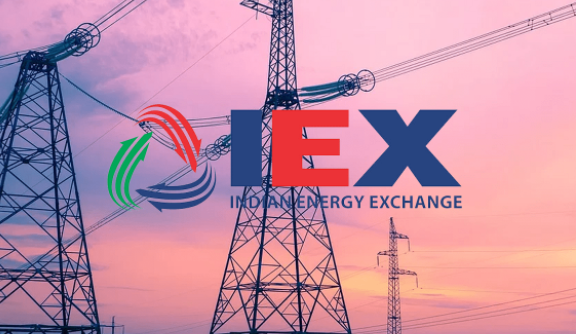KATHMANDU: Nepal has secured approval to export an additional 251 megawatts (MW) of electricity to the Indian states of Bihar and Haryana under the terms of a bilateral agreement. The Central Electricity Authority under India’s Ministry of Power has granted permission to Nepal Electricity Authority (NEA) to export 125.89 MW to Haryana and 125 MW to Bihar under a medium-term agreement.
Electricity generated from 10 hydropower projects will be exported to Bihar, while two hydropower projects will supply 125.89 MW of electricity to distribution companies in Haryana. The NEA is currently selling 109 MW of electricity to Haryana.
The surplus electricity generated during the rainy season in Nepal will be sold to Bihar and Haryana every year from June to October. With this latest approval, the total amount of electricity exported to Indian state-level distribution companies under medium-term agreements will reach 360 MW.
The sale price for the electricity to be exported until October is set at Rs 8.72 per unit (INR 5.45). Last year, the 109 MW of electricity approved for sale to Haryana was priced at Rs 8.40 per unit (INR 5.25). The NEA is not required to bear any transmission line charges, leakage, trading margins, or other taxes and fees on the Indian side.
The NEA has been exporting surplus electricity generated during the rainy season to India. This electricity is sold in the Indian Energy Exchange’s (IEX) Real-Time Market and Day-Ahead Market at competitive rates and under medium-term electricity agreements to the state of Haryana. With this new approval from India, electricity sales to Bihar will also commence. In total, 941 MW of electricity generated from 28 hydropower projects will be sold in the Indian market under competitive market rates and medium-term agreements.
Kul Man Ghising, the Executive Director of NEA, stated that with the approval from the Indian authorities, additional electricity exports to Bihar and Haryana will begin soon. “With the ability to export an additional 10 percent of the approved amount, we can now export over 1,000 MW of electricity. We are in the process of securing approval for an additional 200 MW of exports and are confident that it will be approved soon,” said Ghising. “The volume of electricity exports will continue to increase, and we have set a target to export electricity worth Rs 25 billion in the current fiscal year.”
The 125 MW of electricity to be exported to Bihar will come from the following hydropower projects: 11.64 MW from Dordikhola-1, 14.453 MW from Mayakhola, 9.991 MW from Lower Piluwa, 10.67 MW from Lower Khare, 11.64 MW from Upper Khimti, 6.8 MW from Upper Khimti-2, 14.4 MW from Modi, 14.6 MW from Gandak, 19.21 MW from Upper Solu, and 11.64 MW from Dudhkund. The electricity will be exported through the Kataya, Raxaul, and Ramnagar interconnection points connected to Bihar.
An additional 125.89 MW will be exported to Haryana, generated from the 75 MW Likhu-1 and 50.89 MW Likhu-2 hydropower projects. During the dry season, when river flows decrease and domestic hydropower production drops, Nepal imported 1.89 billion units of electricity from India last fiscal year, costing Rs 16.93 billion. However, during the same period, Nepal exported 1.95 billion units of electricity to India, earning Rs 17.06 billion in revenue. Last fiscal year, Nepal achieved a net export surplus of Rs 130 million, marking a historic shift from being a net electricity importer to a net exporter.

